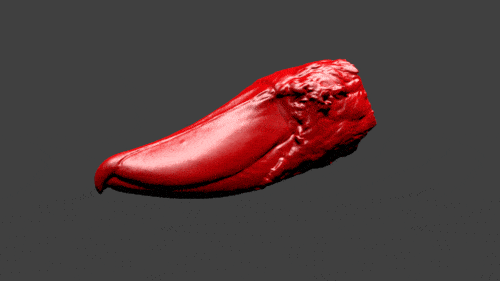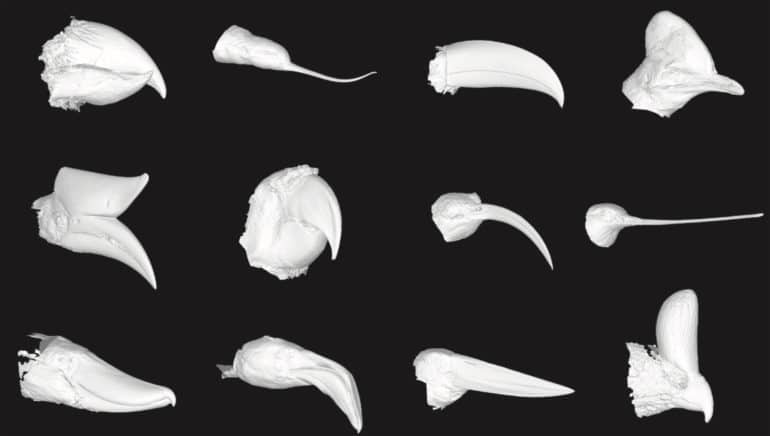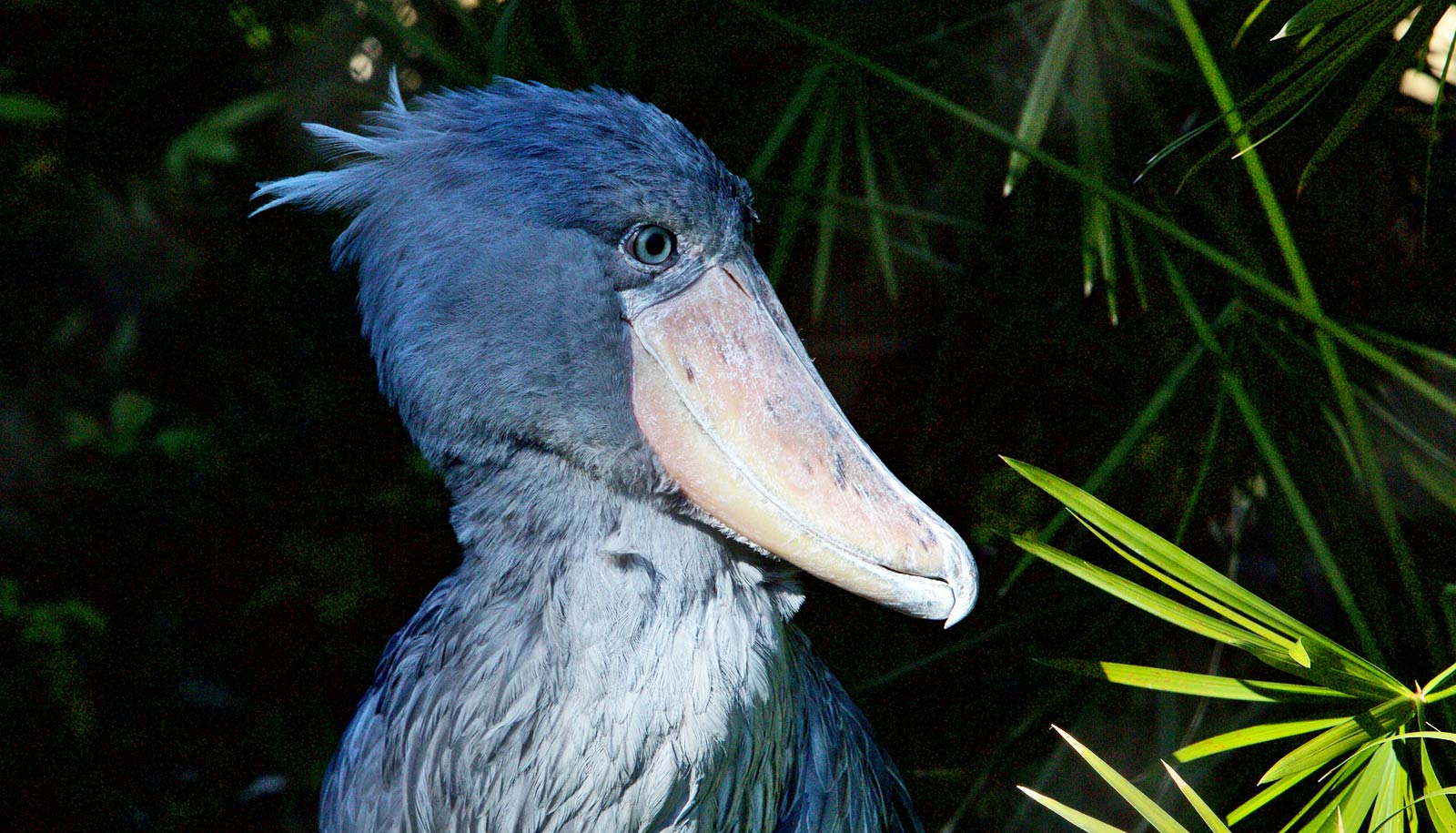At the request of researchers, citizen scientists measured bird beak shapes from more than 2,000 bird species that have been 3D-scanned from museum specimens.
Using that data, the researchers showed that the diversity of bird beaks expanded early in their evolutionary history.


The most unusual beak shapes often involved periods of exceptionally fast evolutionary change. However, once extremes were reached, the changes to bird beaks over time became much smaller as birds filled ever-narrower evolutionary niches.
There are some examples—such as birds who have evolved in comparative isolation on remote islands such as the Galapagos and the Hawaiian archipelago—who have continued to evolve rapidly.
“The shape of a bird’s beak is an important indicator of the food it eats and the way it forages—its ecological niche,” says Gavin Thomas, the project leader from the department of animal and plant sciences at the University of Sheffield.
“This project has given us key insight into how evolutionary processes play out over millions of years—with major bursts of evolution as new groups emerge, and more fine scale changes thereafter.
“With the efforts of our volunteers from across the world, the study has given us a unique new data set for the study of bird ecology and evolution.”
If you can snap a photo, this app IDs the bird
Chris Cooney of the department of animal and plant sciences, says: “The great diversity of bird beak shapes has long fascinated biologists and naturalists alike, including Darwin himself. It is wonderful to be able to use the information stored in natural history collections to shed light on how variation in this important ecological trait evolved.”
Taking measurements from animals in the wild would have been impossible but 3D models taken from specimens at the Natural History Museum and the Manchester Museum provided new scope for this detailed study.
Members of the public logged onto the Mark My Bird website (created by the Digital Humanities Institute, Sheffield) which allowed anyone to access 3D models of the beaks and help create this new resource of bill shapes.
“It’s striking how much the speed of evolution changes between different birds. It’s a really dynamic process, and it means there are still lots of questions left to answer about how birds managed to come up with the range of beak shapes that they have,” says Jen Bright of the University of South Florida.
Researchers hope to discover more details of beak evolution as people around the world map more beaks.
The European Research Council and by a Royal Society University Research Fellowship funded the work.
Source: University of Sheffield



